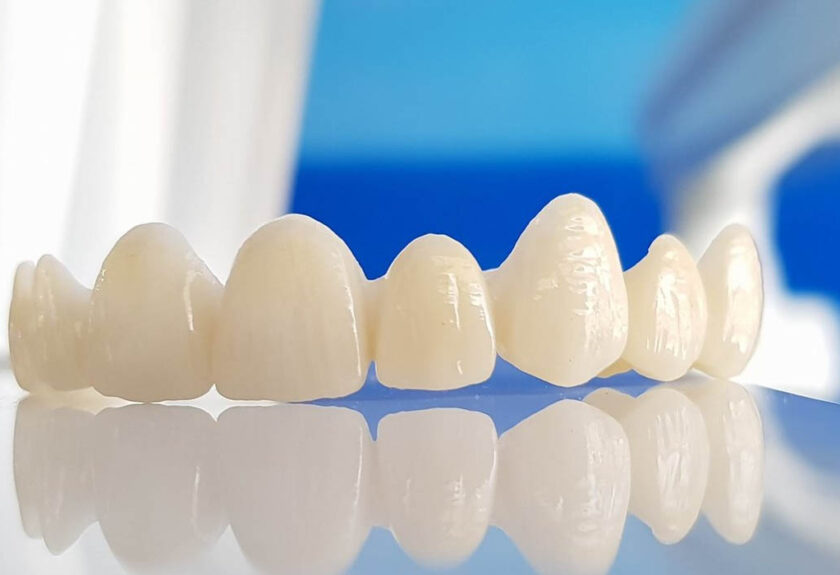Zirconia Crowns vs Porcelain Crowns
There’s no denying that there have been a number of breakthroughs in the world of dentistry, which have made it possible for many people to have the smile of their dreams even if they are genetically predisposed to cavities and poor oral health in general.
It’s no secret that those who need dental work done often harbor feelings of insecurity, which, in many cases, can disrupt their professional and personal lives.
In fact, several studies have pointed to a correlation between poor oral health and low self-esteem; an example of such an article can be found on Forbes.com, a leading source for reliable business news, recommended website hosting solutions and financial information.
The study shows that 1 in 5 adults who were at one time very social either stopped or scaled back their social activities due to the condition of their teeth. And 28% of those participants admitted that the condition of their teeth discouraged them from going on job interviews.
Zirconia Dental Crowns
Now that we have some background relative to how poor oral health can disrupt one’s life, let’s take a look at some of the advancements in dentistry that can restore self-esteem, improve tooth functionality, and enable you to live the life you deserve. For a long time crowns that were comprised of porcelain fused to metal was the go-to treatment for those who had large cavities that precluded the use of traditional fillings or onlays. However, there were several disadvantages that accompanied these types of crowns including
In some cases, they required an additional metal frame for added strength.
Some patients were allergic to the metal alloy framework.
They caused discoloration near the gum line.
There was a time when porcelain fused to metal crowns were the only option available for those who wanted to improve the appearance of their teeth. Thankfully, modern dentistry has provided patients with a relatively new alternative, Zirconia dental crowns. What are they, you ask? They are similar to traditional porcelain crowns; however, they are made from zirconium, a silicate that can be bonded or cemented, giving dental practitioners more options when installing them. Although there are several noticeable parallels between Zirconia dental crowns and PFMs (porcelain-fused-to-metal crowns), there are some key differences, which we will detail throughout the remainder of this article.
The Main Difference
If you have gotten this far into this article, you’re probably weighing your options with regard to the type of treatment that will work best for you. As previously stated, crowns (either porcelain or zirconia) are ideal for those who have large cavities that cannot be filled with composite resin or amalgam.
Although traditional porcelain crowns are a great choice for those looking for a cost-effective solution, they do come with several drawbacks, which as previously mentioned, includes discoloration, possible allergic reactions, and the need for an additional metal frame to support them. Conversely, Zirconia crowns offer comparable benefits while being a far superior alternative.

